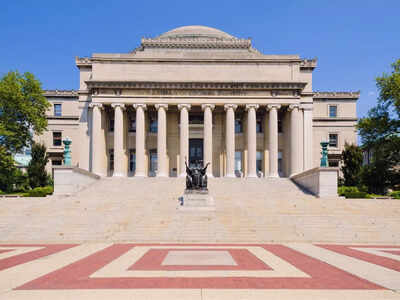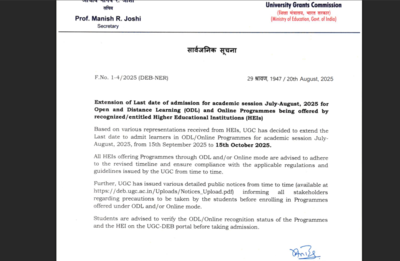
Columbia University students are caught in the middle of a deepening standoff between the university and the Trump administration, as negotiations continue over the potential restoration of nearly $400 million in suspended federal funding. While senior university officials and federal representatives work behind closed doors to hammer out a deal, students are left grappling with growing uncertainty over the impact on academic programs, research opportunities, and campus resources.The administration withdrew the funds in March, citing Columbia’s alleged failure to safeguard Jewish students amid pro-Palestinian protests. Although talks have since resumed, a final agreement has yet to be reached, placing students in a state of limbo as the fall semester approaches.
Federal freeze threatens student-linked programs
The revoked funding includes a wide range of federal research grants, student fellowships, academic partnerships, and work-study programs. For many students, especially those in STEM and policy disciplines, these funds are tied directly to their coursework, research roles, and in some cases, financial survival. Graduate students conducting federally sponsored research and undergraduates relying on campus employment programs supported by federal dollars face particular disruption.The suspension has also prompted uncertainty around federally backed international programs, internships, and grants that provide Columbia students with opportunities beyond the classroom. Delays in lab equipment procurement, frozen stipends, and postponed hiring for research assistants have already started to surface across departments.
Ongoing negotiations avoid court oversight
According to individuals familiar with the matter, the university and the administration have moved away from early proposals involving a consent decree—an arrangement that would have subjected Columbia to oversight by a federal judge. Recent drafts instead propose the appointment of an external monitor with limited authority, signaling a shift toward a less aggressive federal posture.Nonetheless, any resolution is expected to include compliance measures related to student safety, particularly around campus protest protocols and antisemitism response. While some administrative concessions have already been made—including limiting the use of masks during demonstrations and expanding campus police authority—those actions alone have not yet satisfied federal demands.
Institutional autonomy remains a flashpoint
At the heart of the dispute lies a larger battle over academic freedom and institutional governance. Columbia’s leadership has publicly maintained that while it remains committed to student safety and civil rights compliance, it will not accept terms that infringe upon its autonomy. The university insists that decisions regarding curriculum, faculty appointments, and student admissions must remain under its control.This insistence on preserving governance independence has complicated the negotiations, prolonging uncertainty for the campus community. With the academic year drawing closer and no clear timeline for resolution, students across programs are left in a holding pattern—awaiting clarity on how the final agreement, if reached, will reshape the landscape of one of the country’s most prominent universities.







